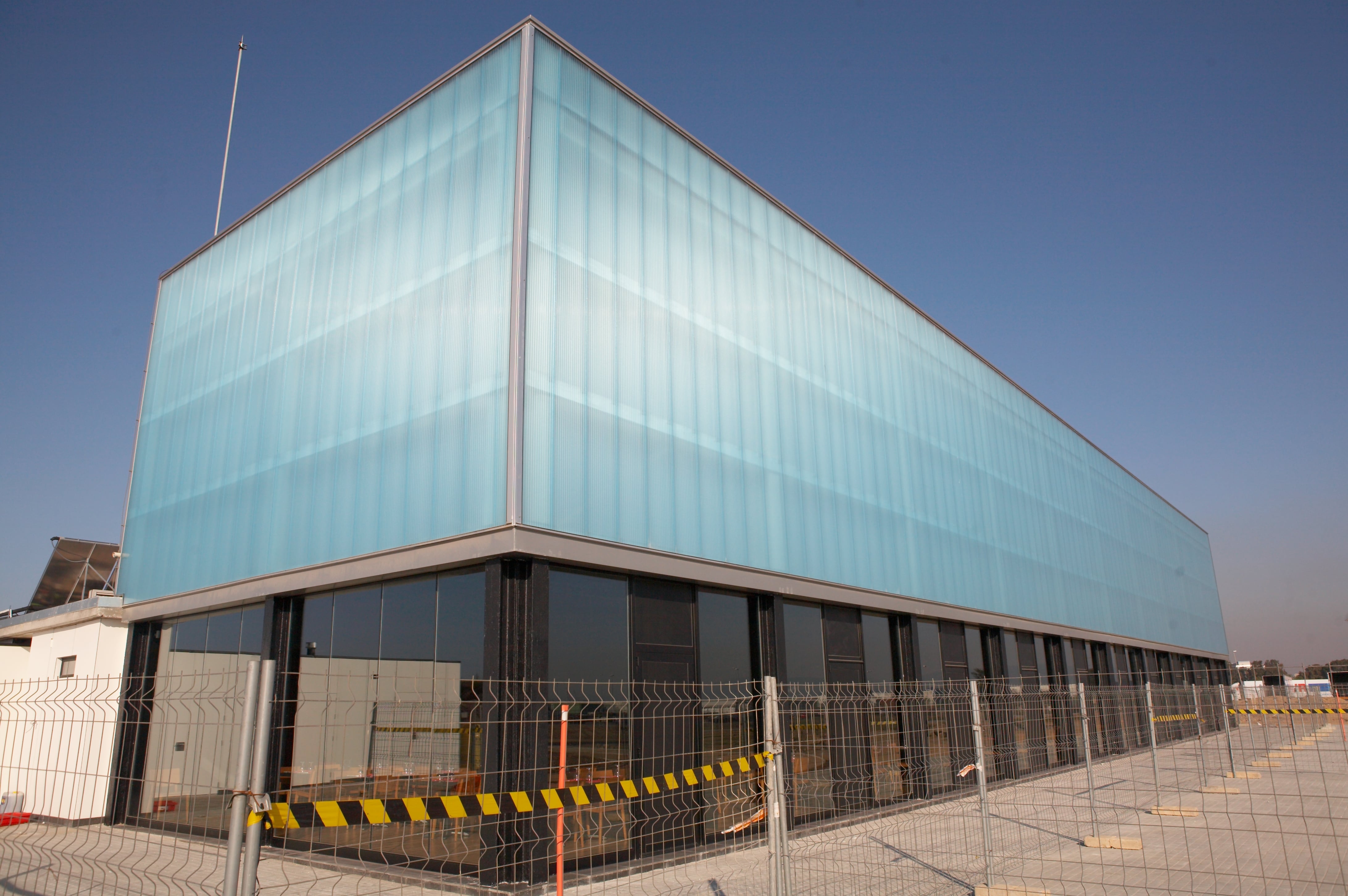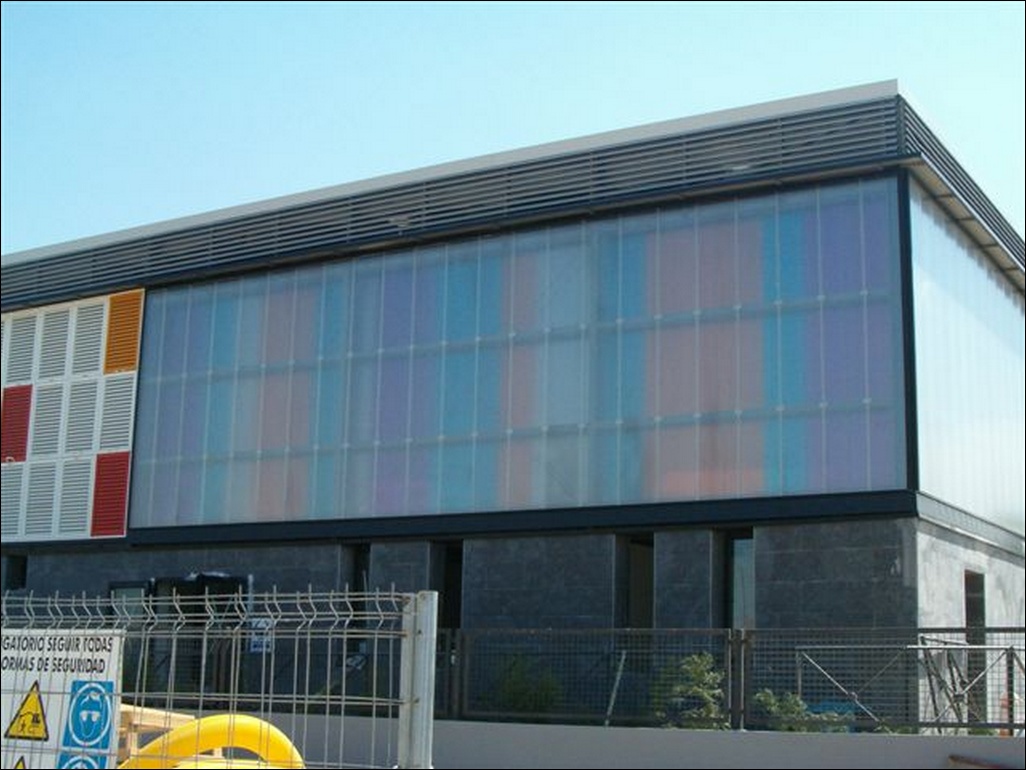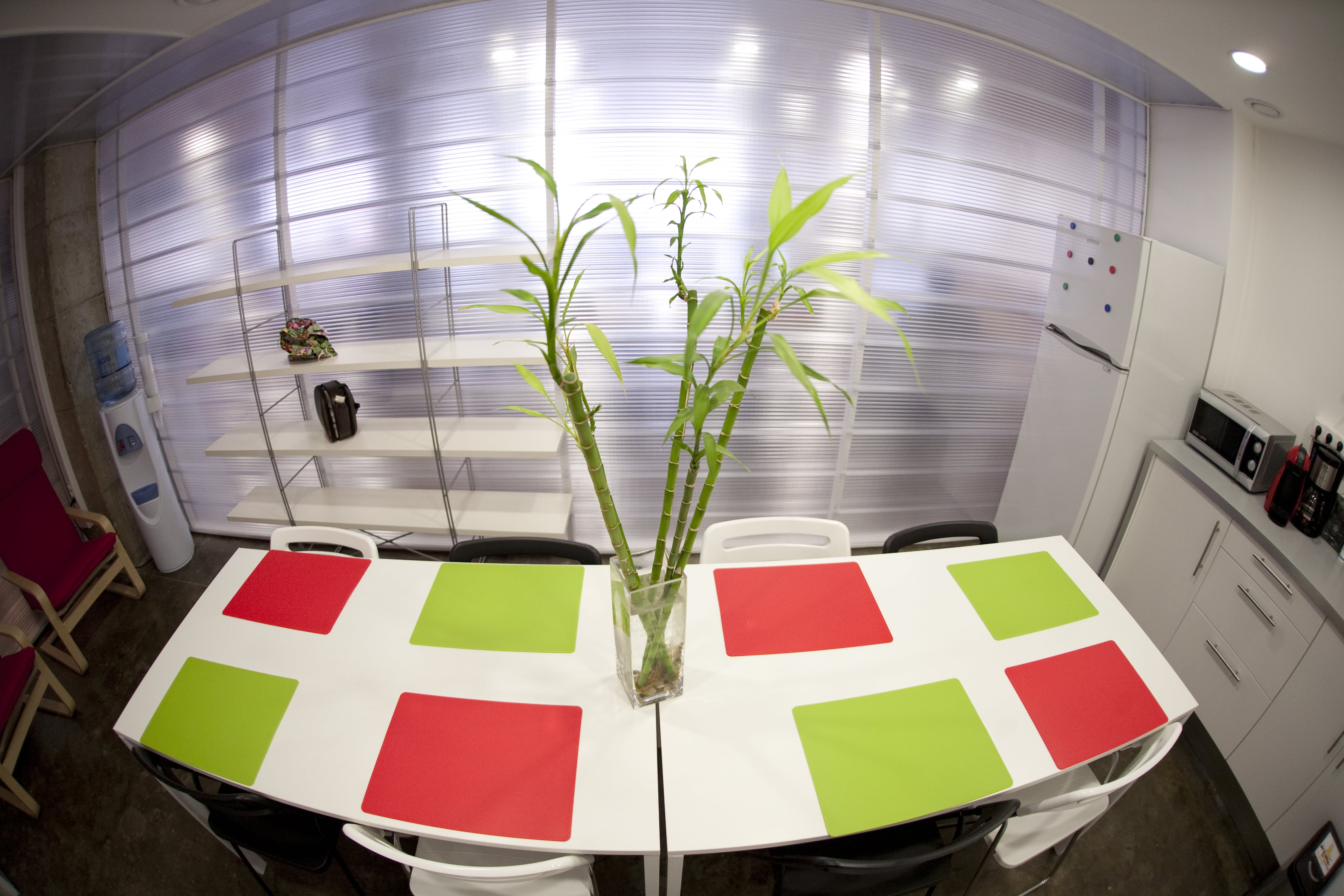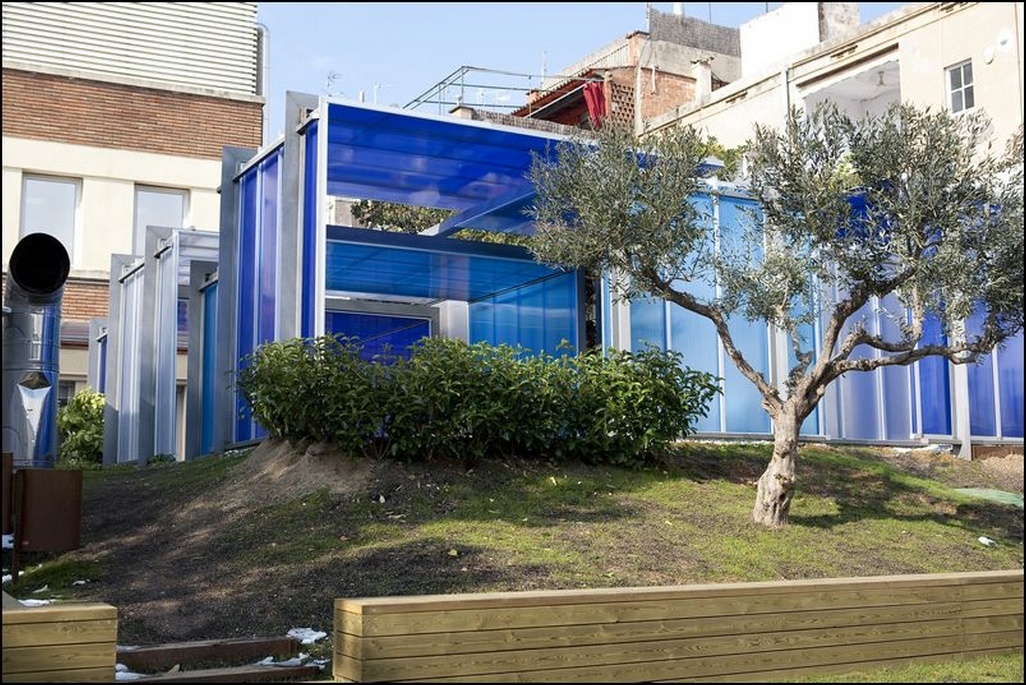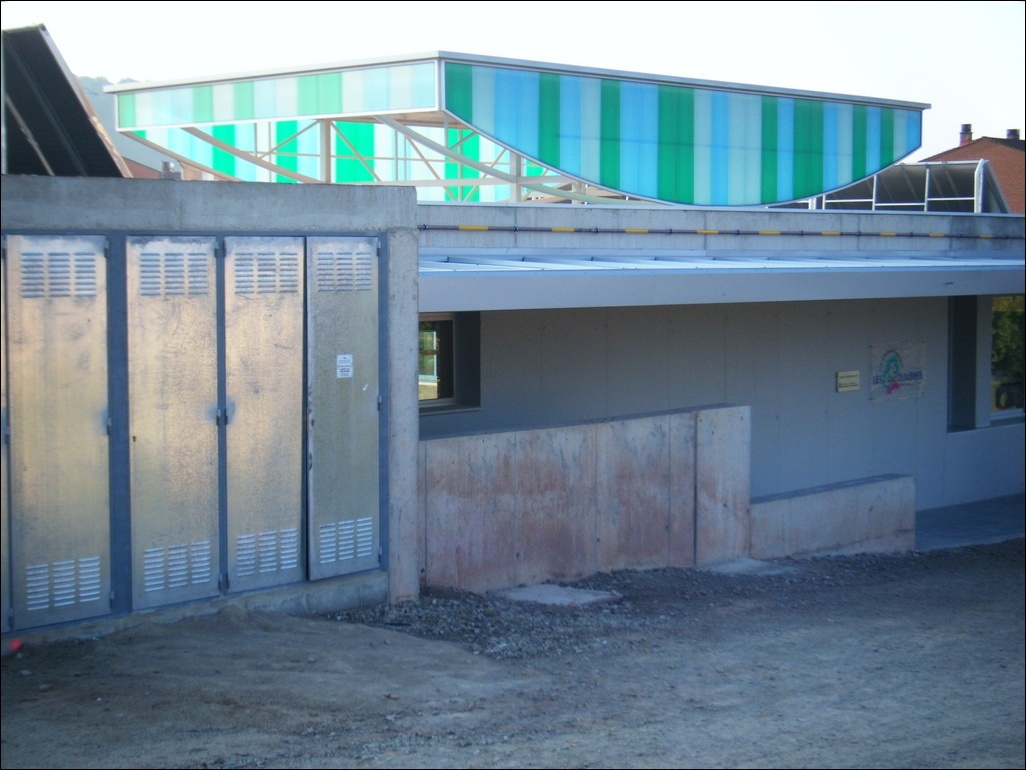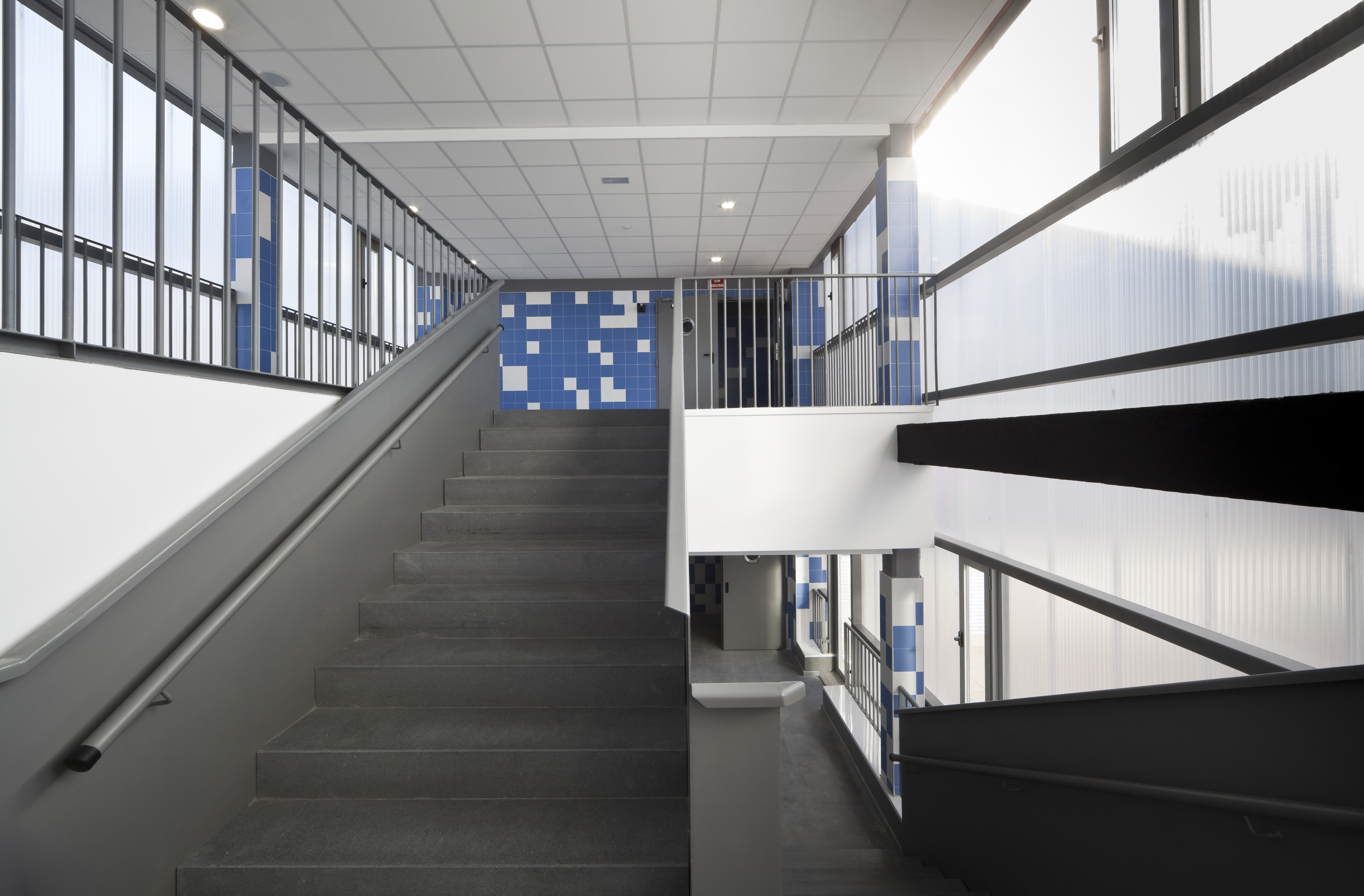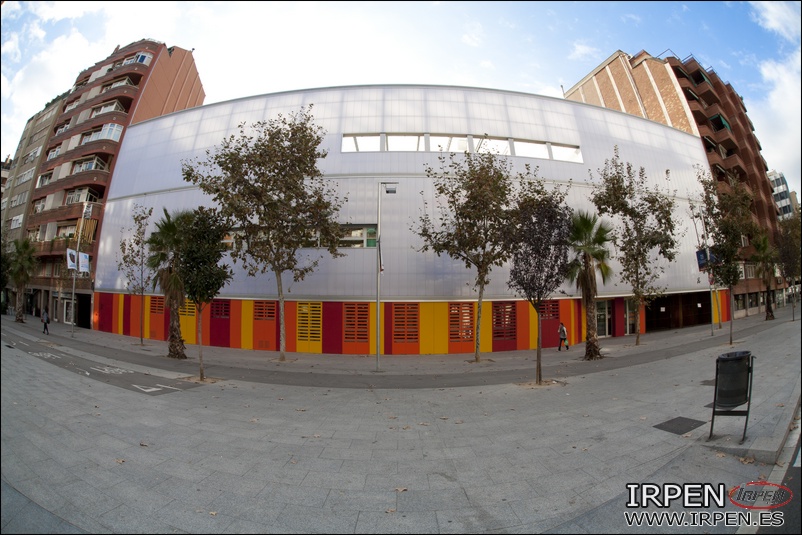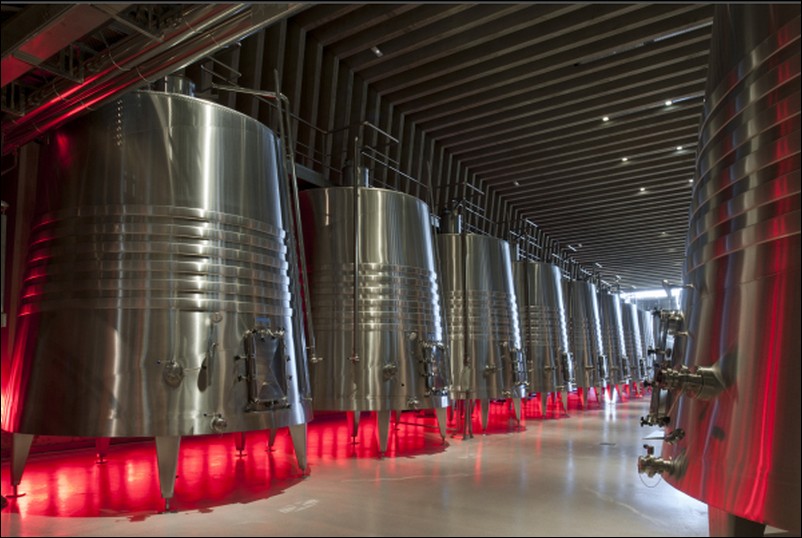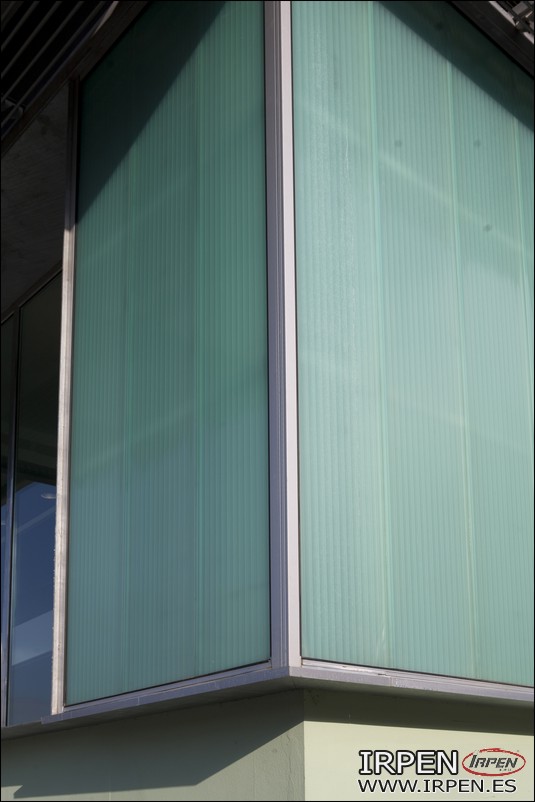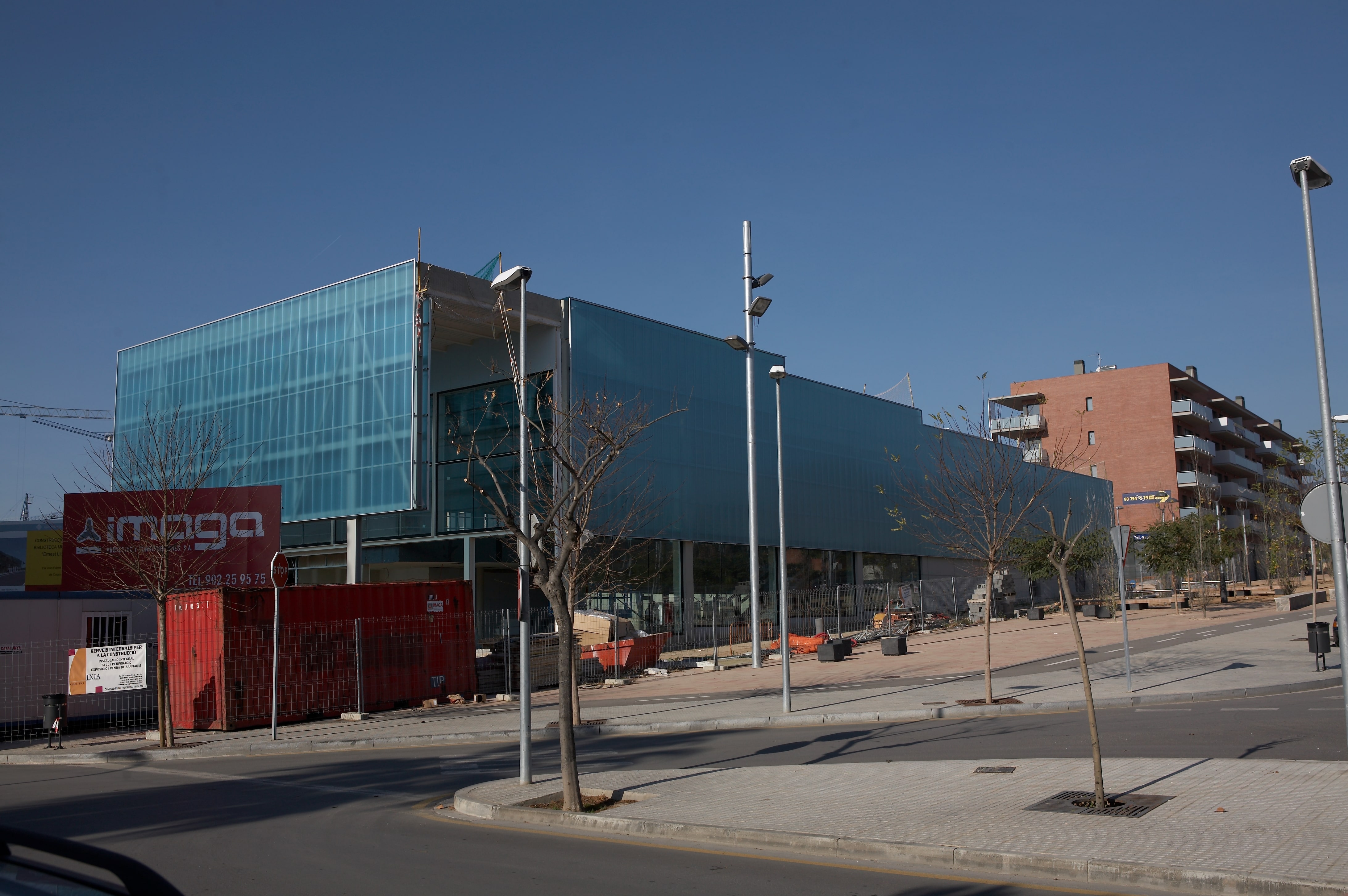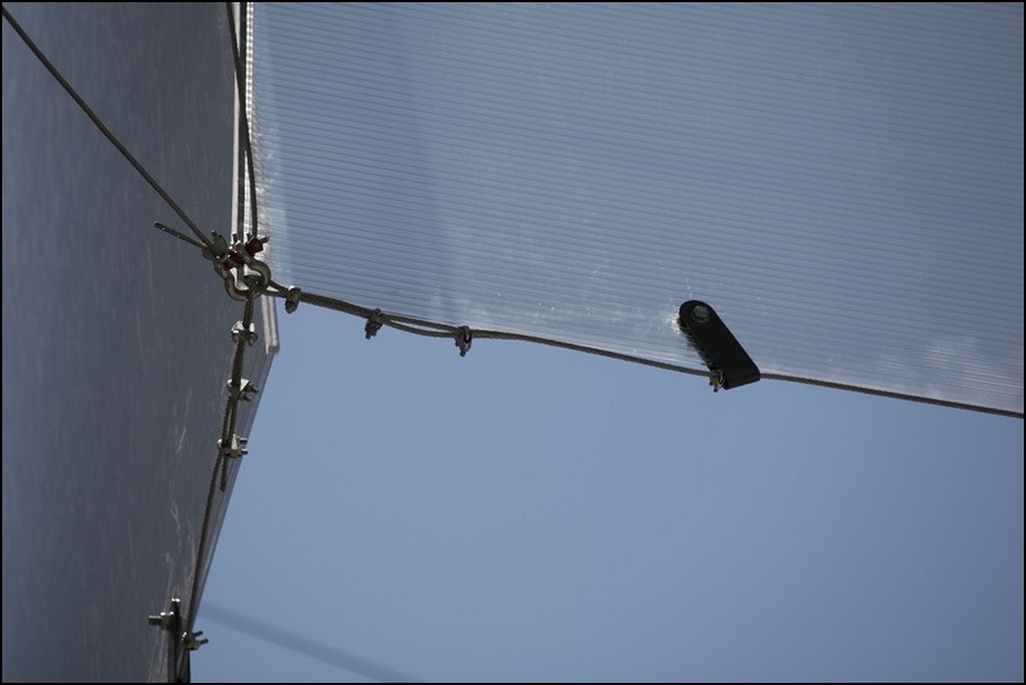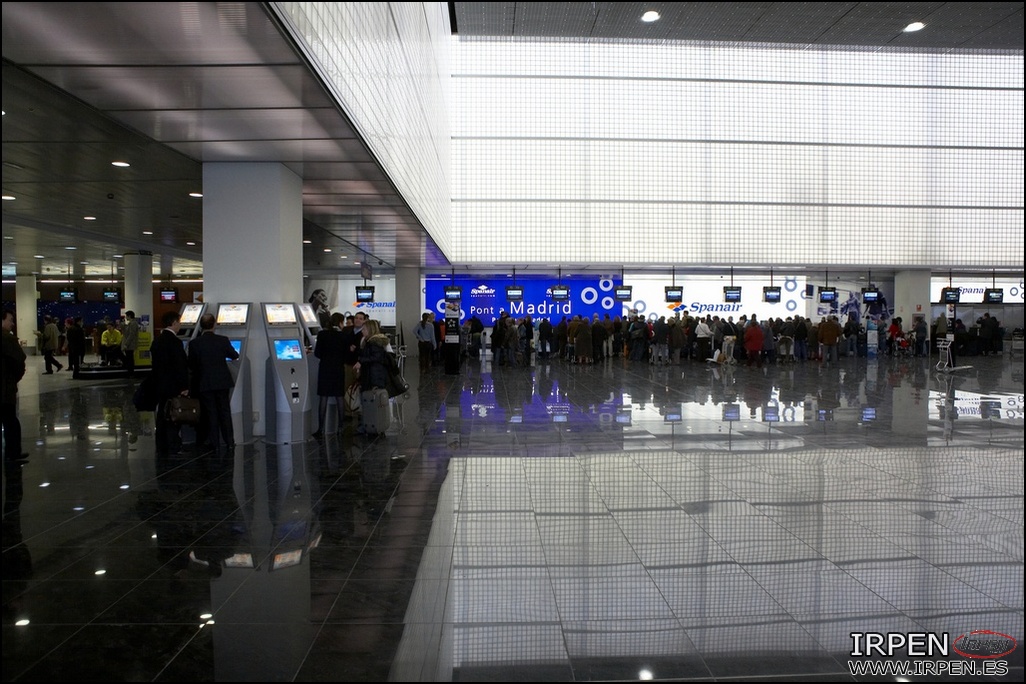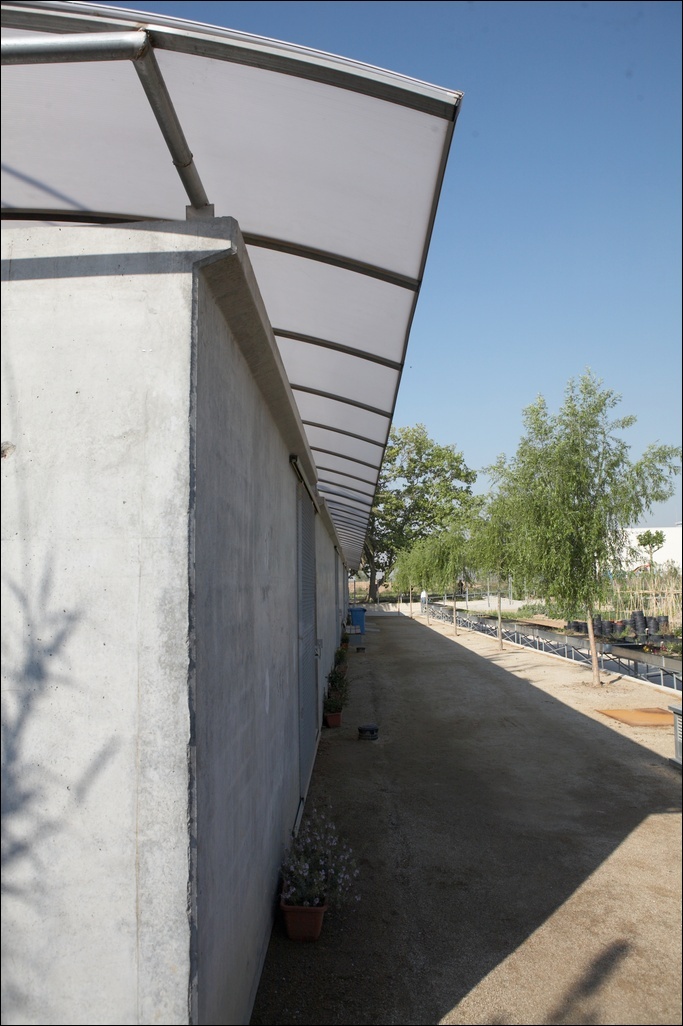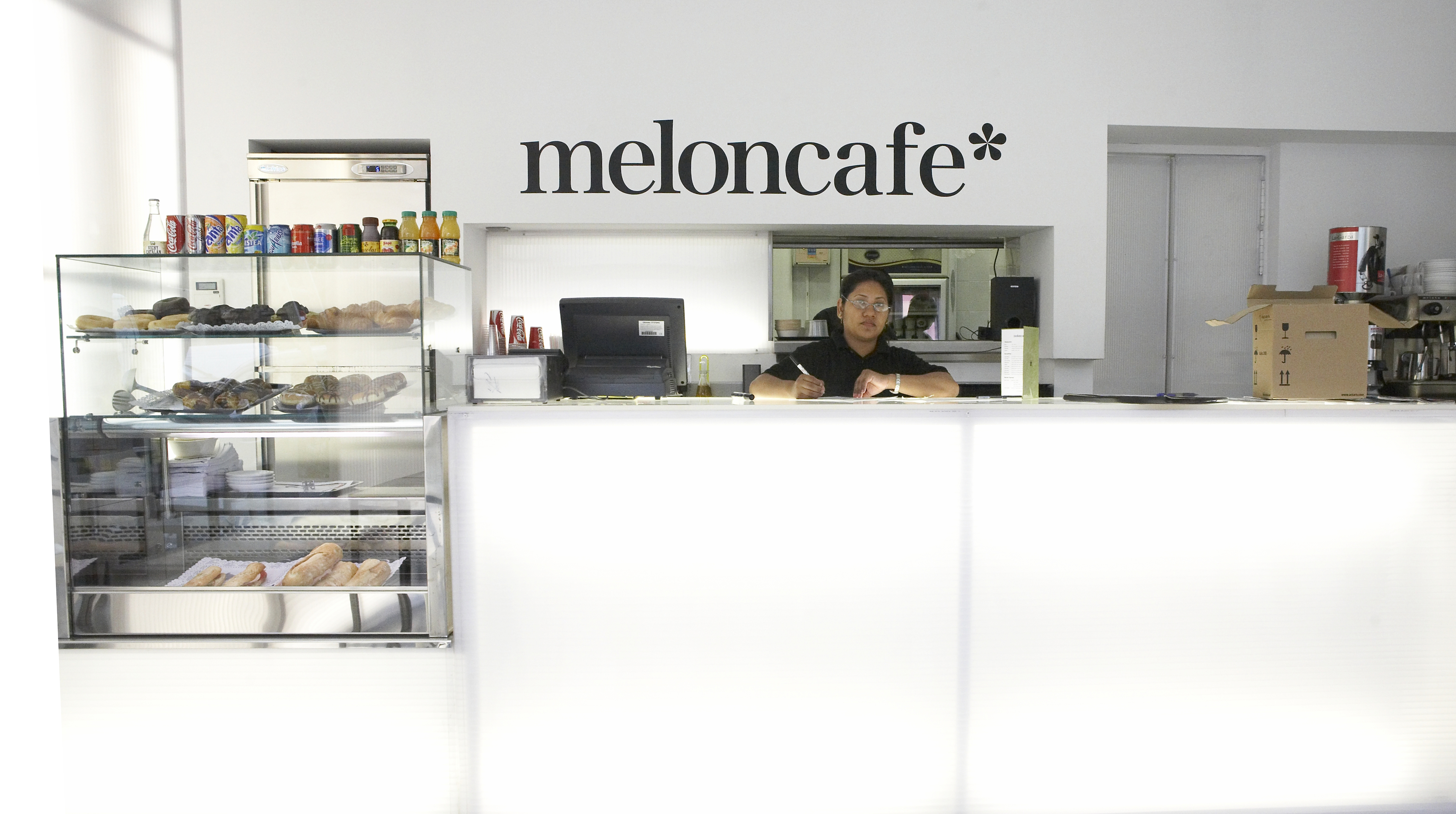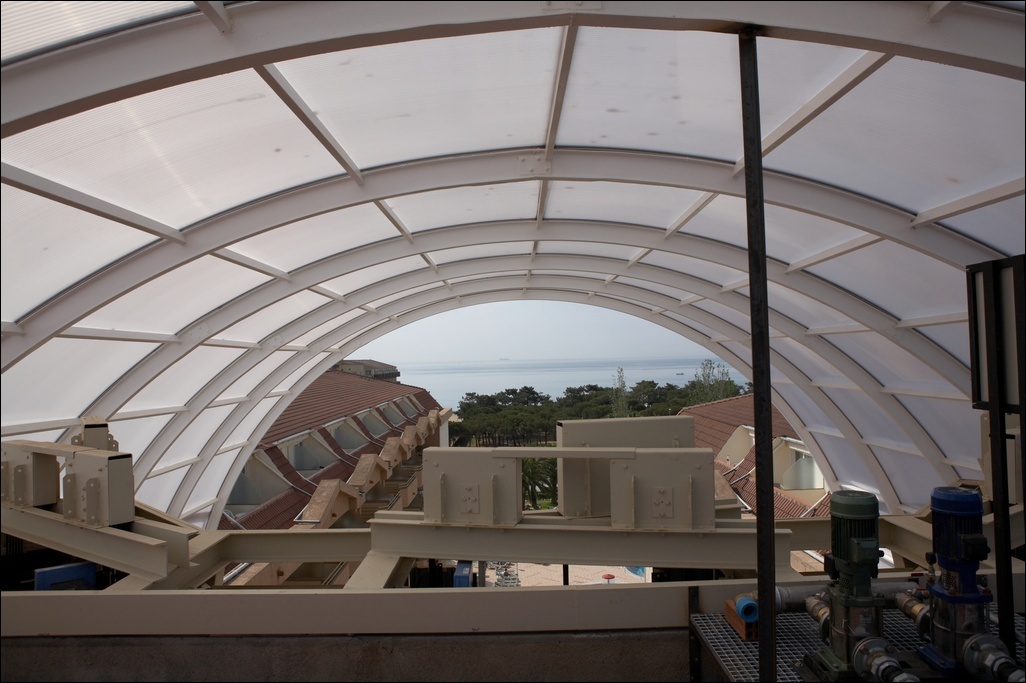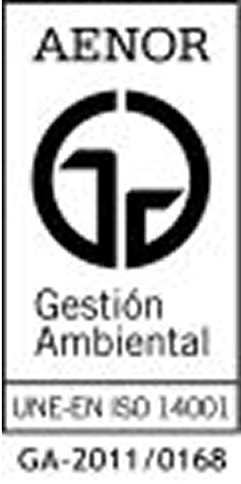Akyver - Multiwall Polycarbonate
Policril and Akyver two neighbors in their indoor pool

We are currently used to seeing indoor pools, which allow them to be used both in winter and in summer. The side and roof enclosures are usually made of Polycyril (Methacrylate) or Akyver Sun Type (Cellular Polycarbonate). Policril is normally used in side enclosures, replacing old aluminum frames that are foldable, sliding or stackable with glass. The main reasons for choosing Policril are:
-Transparency: Over 93%, it is the most transparent of all “plastics”.
-Weather and UV resistance: without rusting, (yellowing) in at least ten years.
-Impact resistance: approximately 25 times more than glass of the same thickness.
-Lightness: is approximately 50% less heavy than glass at the same thicknesses. This has an impact on structural savings.
-Repairable in case of scratches: these can be removed through an “in situ” pad polishing process.
-Non-toxic: It does not produce any toxic gas when burned, so we can consider it a very safe product for public facilities.
-Chlorine resistant: in thermal and acoustic insulation concentrations as it is a compact and monolithic material.
The Akyver Sun Type (Cellular Polycarbonate) is used for pool covers (in thicknesses that should be at least 10 mm) for the following reasons:
-Translucency without transparency: It allows light to pass through without allowing it to see through the ribbed structure of the cellular material.
-Weather and UV resistance: with yellowing of no more than 3% over ten years.
-Impact resistance: approximately 150 times more than glass of the same thickness.
-Lightness: is approximately 8 times less heavy than glass at the same thicknesses.
-Self-extinguishing by nature: does not leak or release toxic gases when burning.
-Chlorine resistant: by condensation or splashes.
-Thermal Insulator: being a cellular material, for a thickness of 10 mm, it has an insulation coefficient of 3.1 W/m2*ºC, making it ideal for indoor summer/winter pools.
-Acoustic Insulator: although smaller than that of Polycyril for a thickness of 10 mm, it has an acoustic attenuation A of 17 dB. These characteristics make these two materials ideal for the construction of our indoor pool, which can be used all year round.
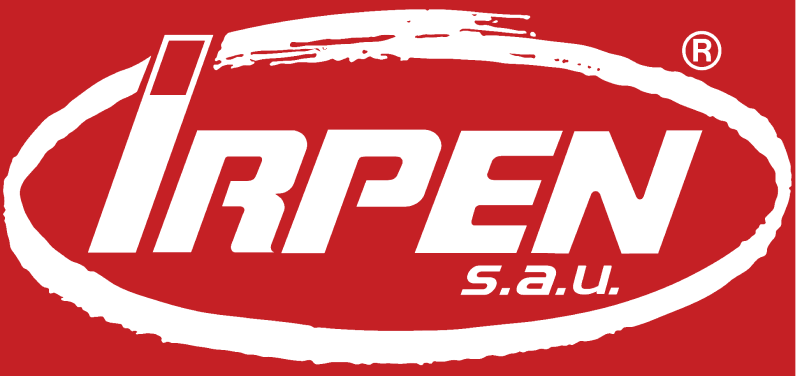







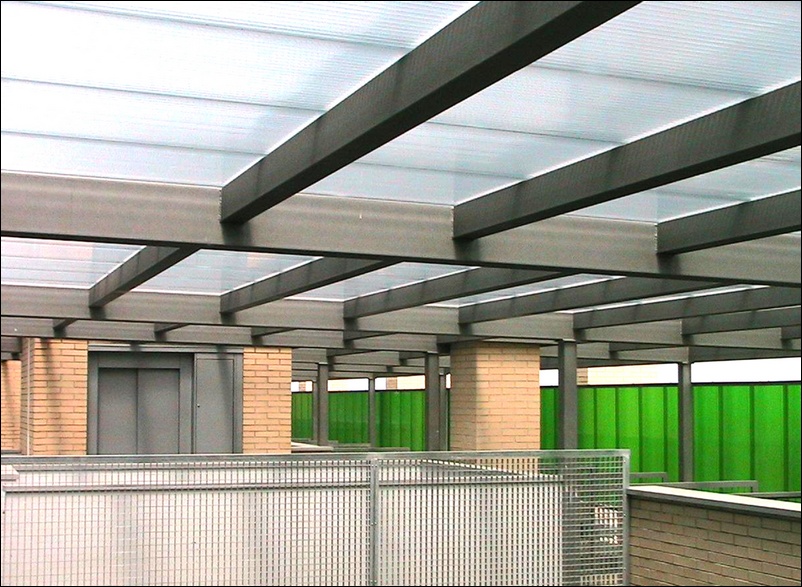


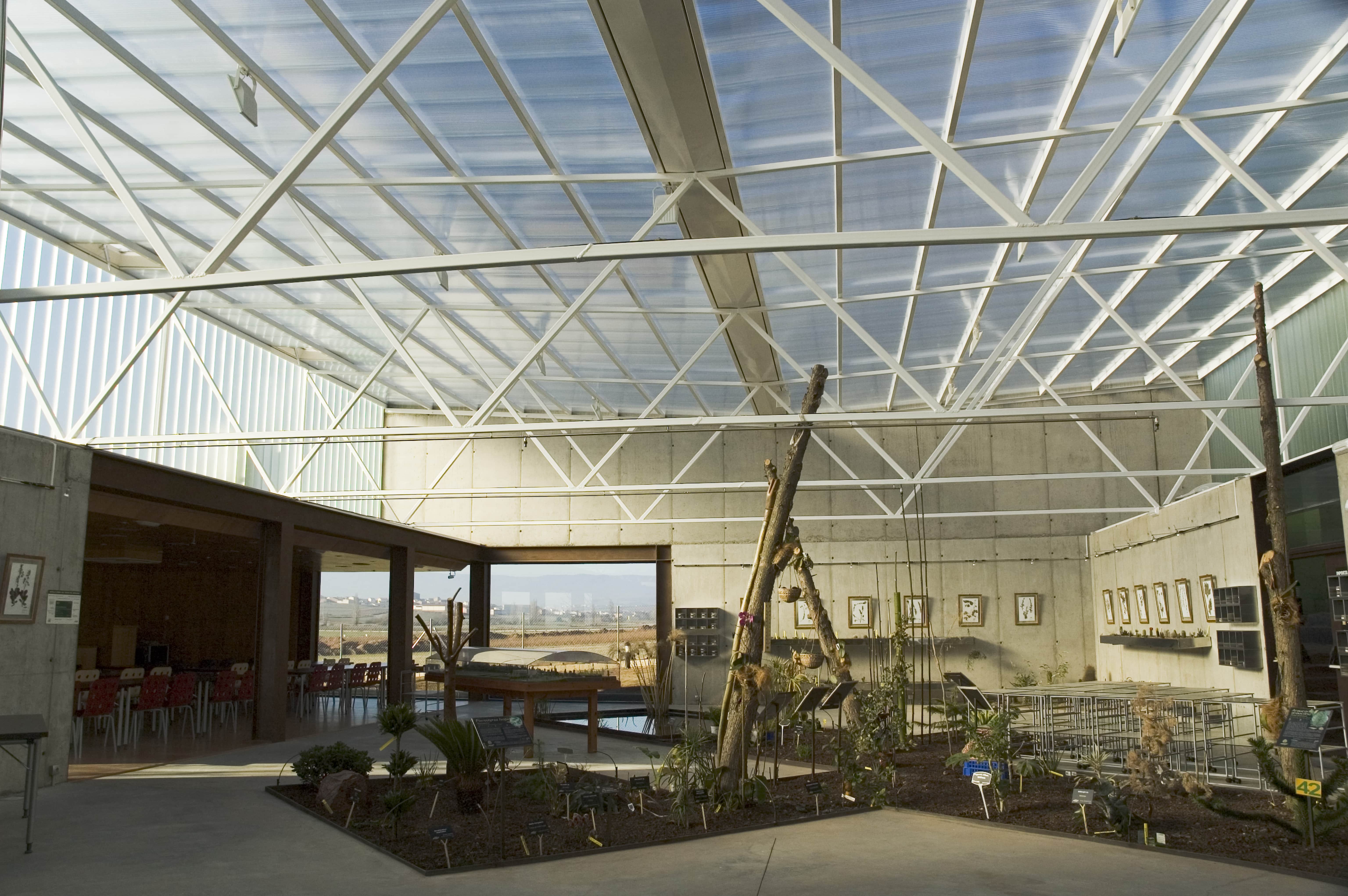
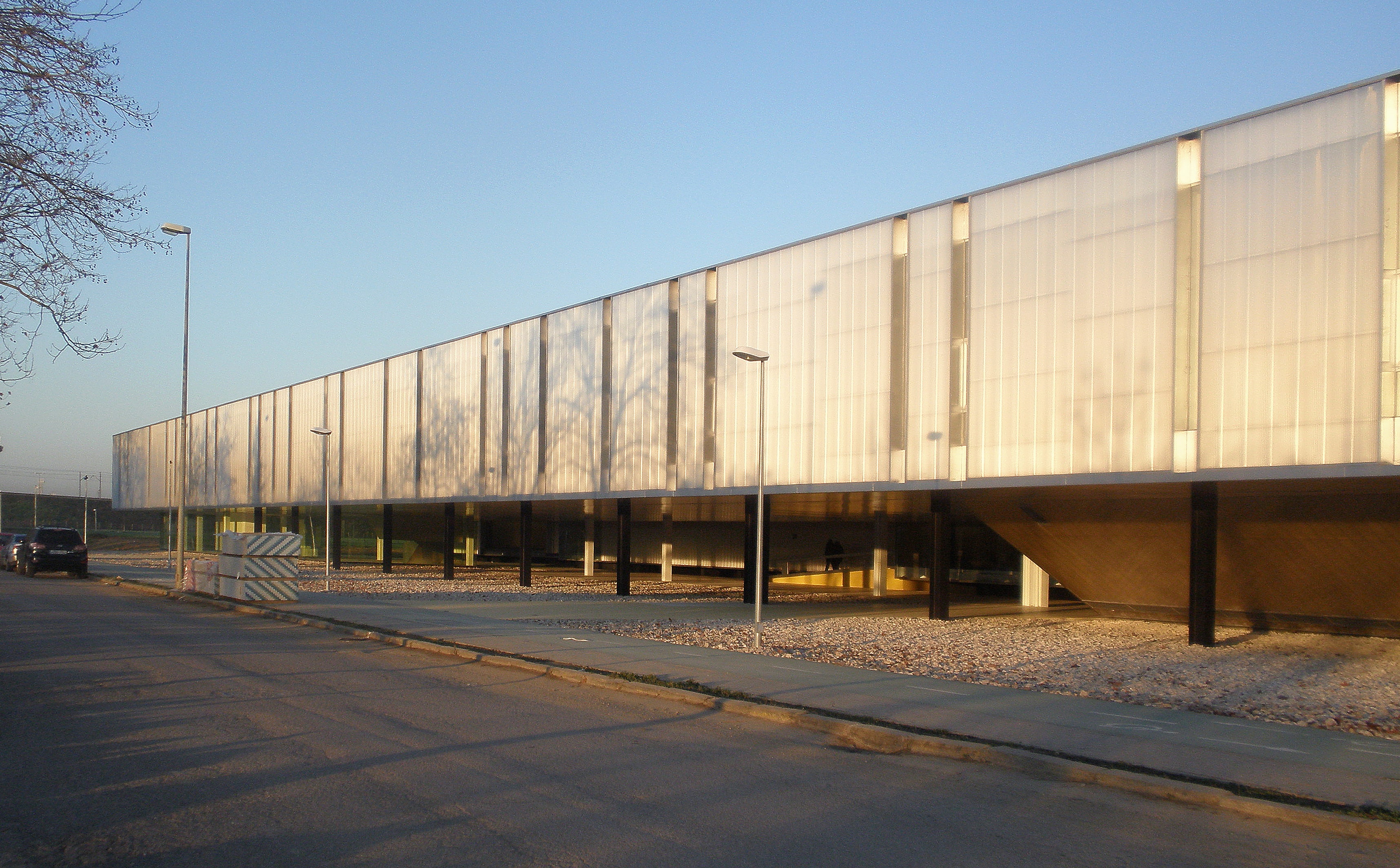
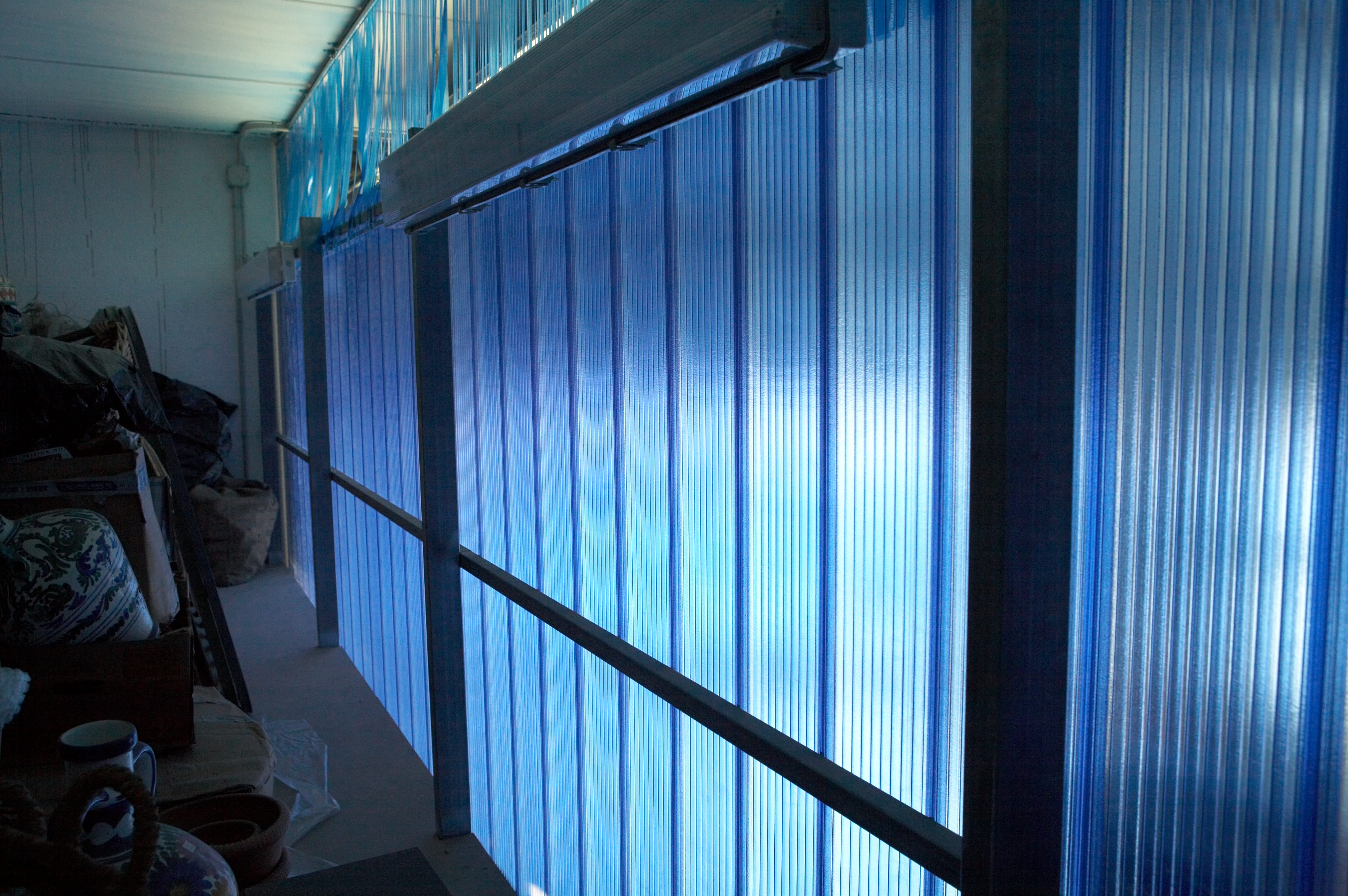

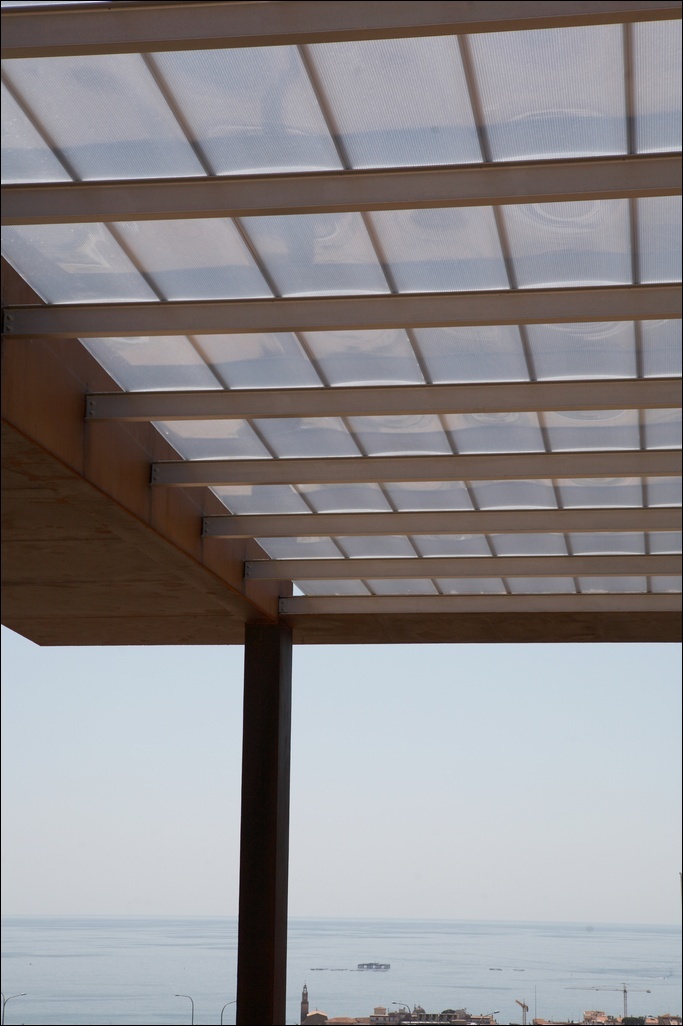
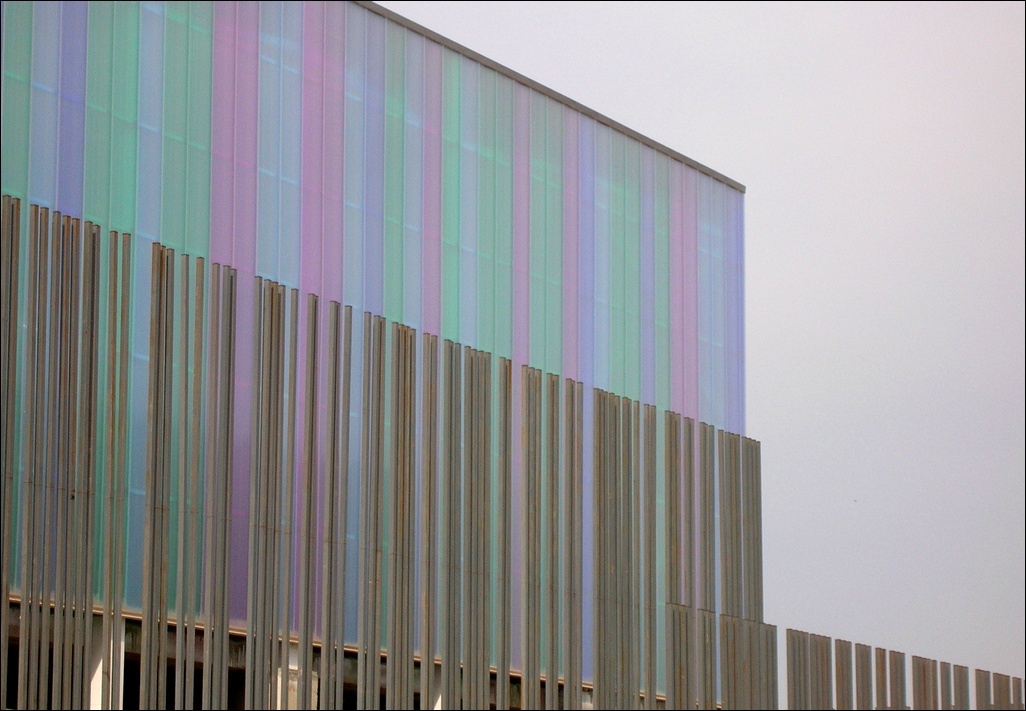
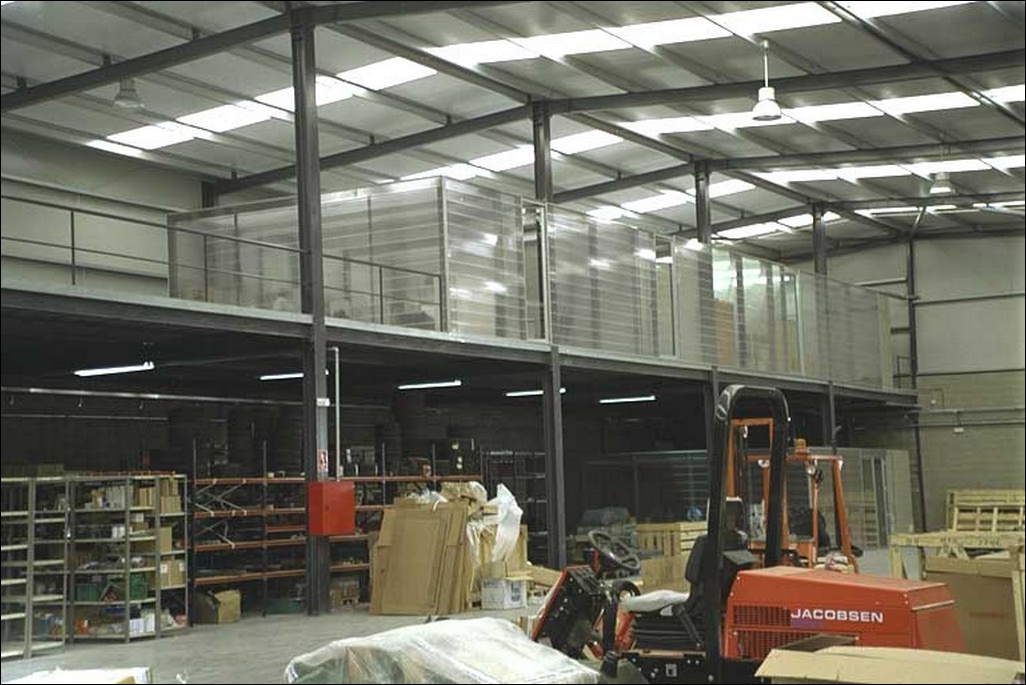
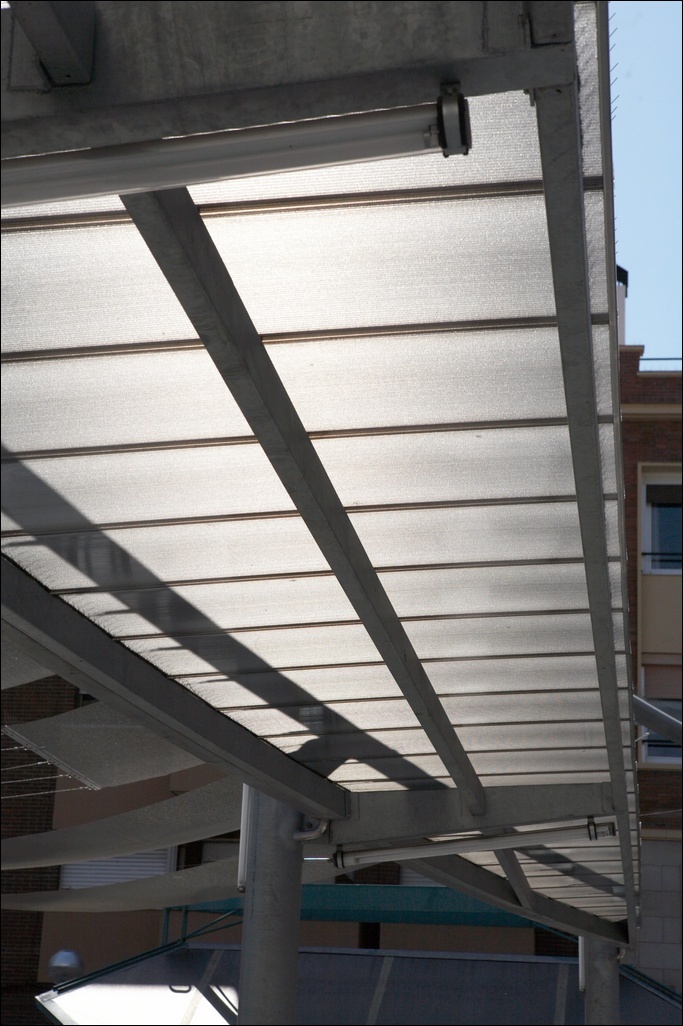
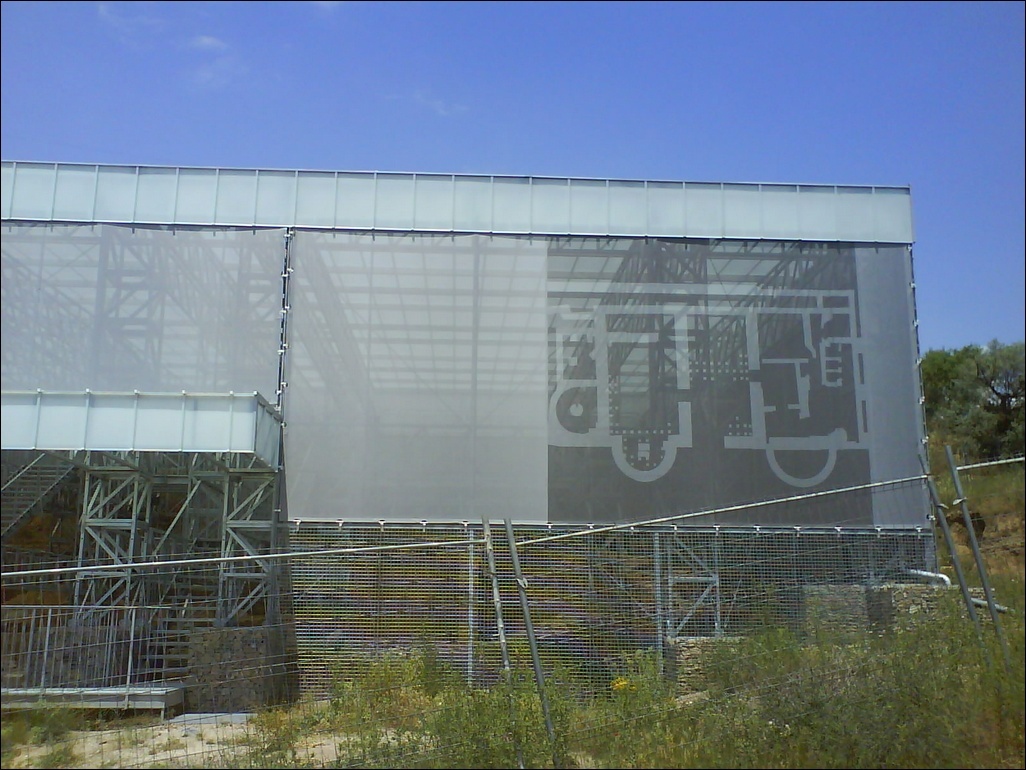


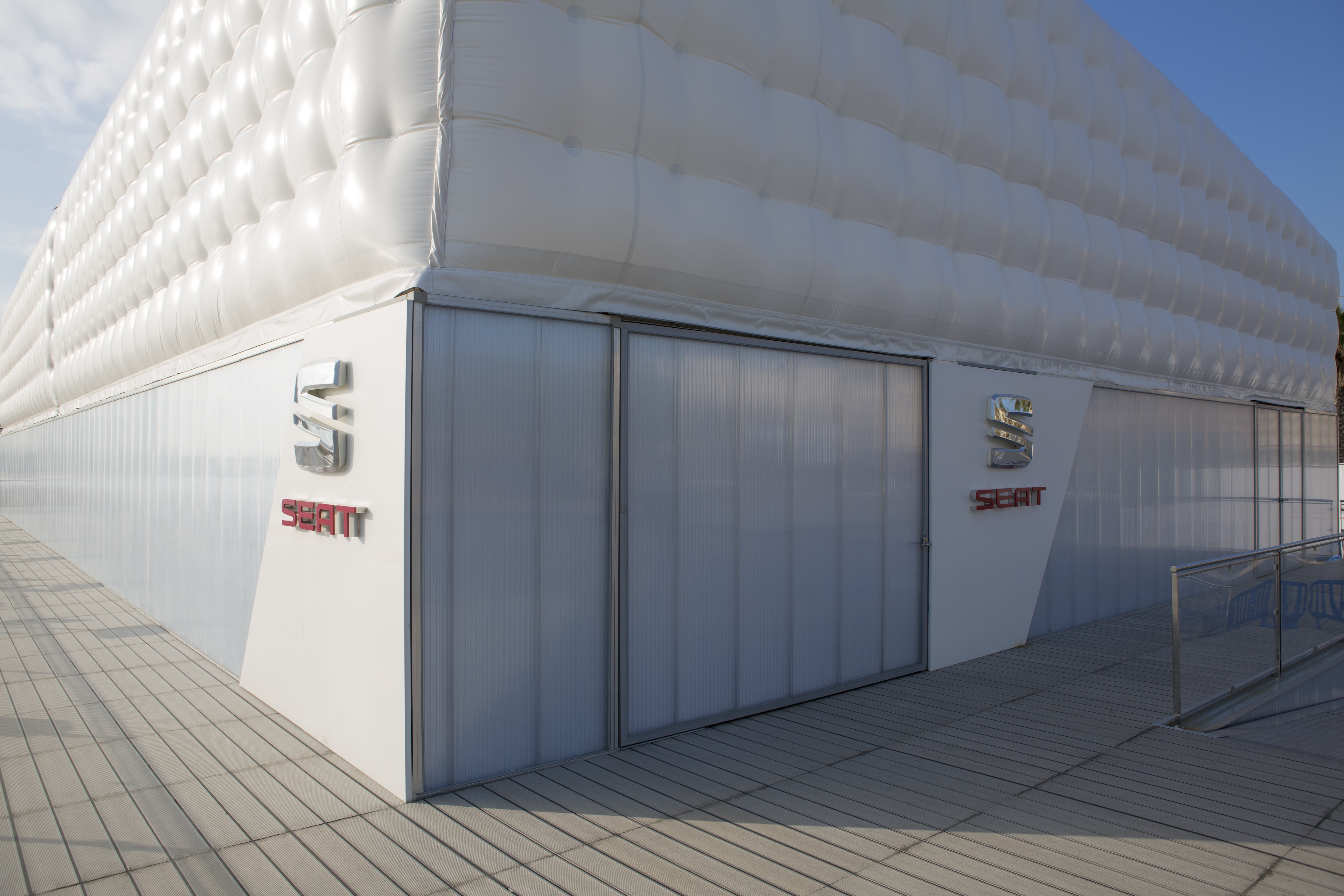
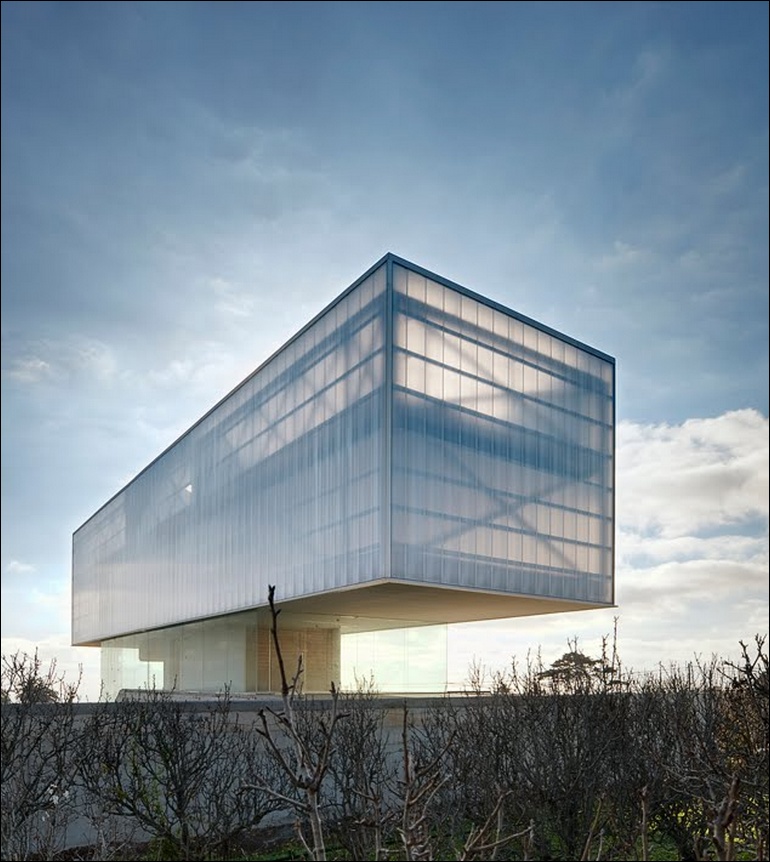


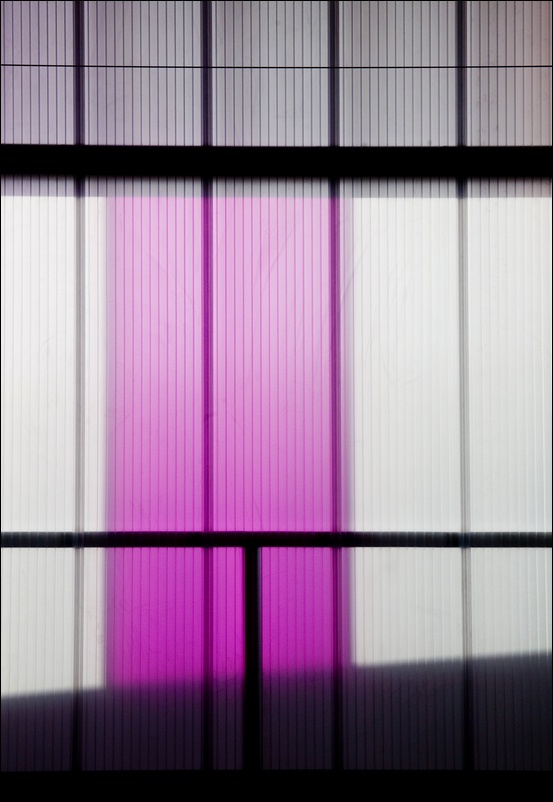
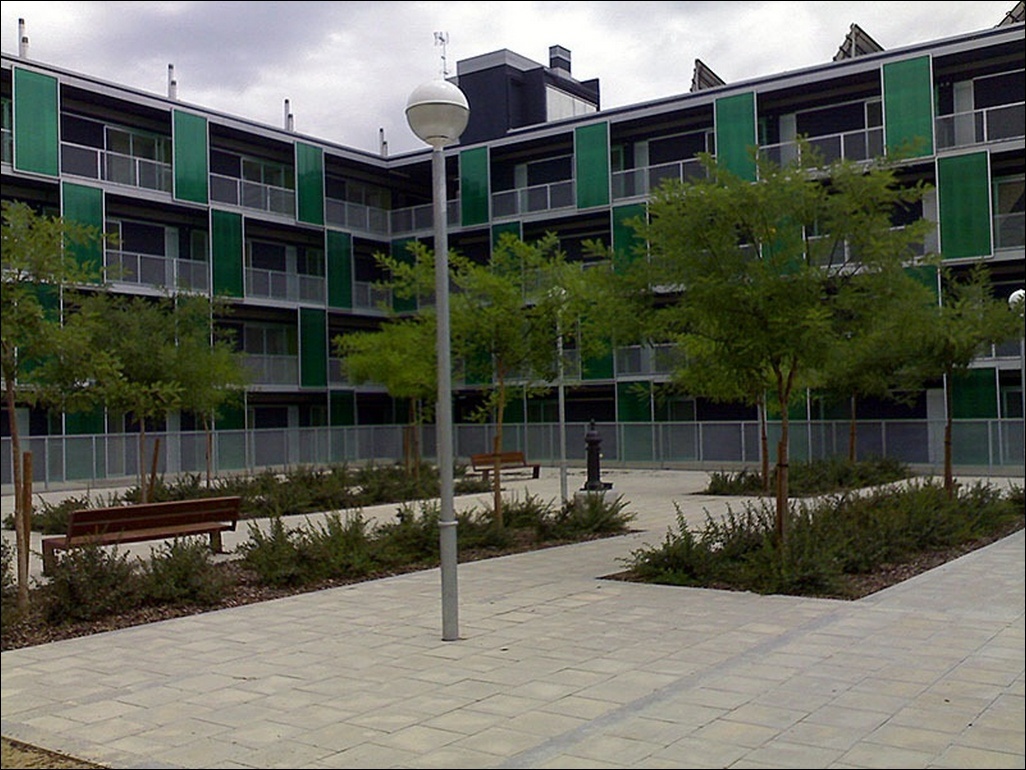

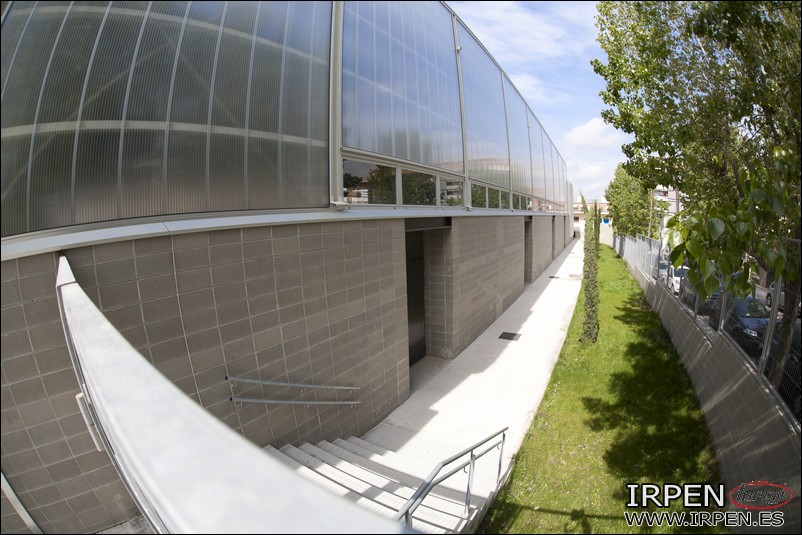

.jpg)
